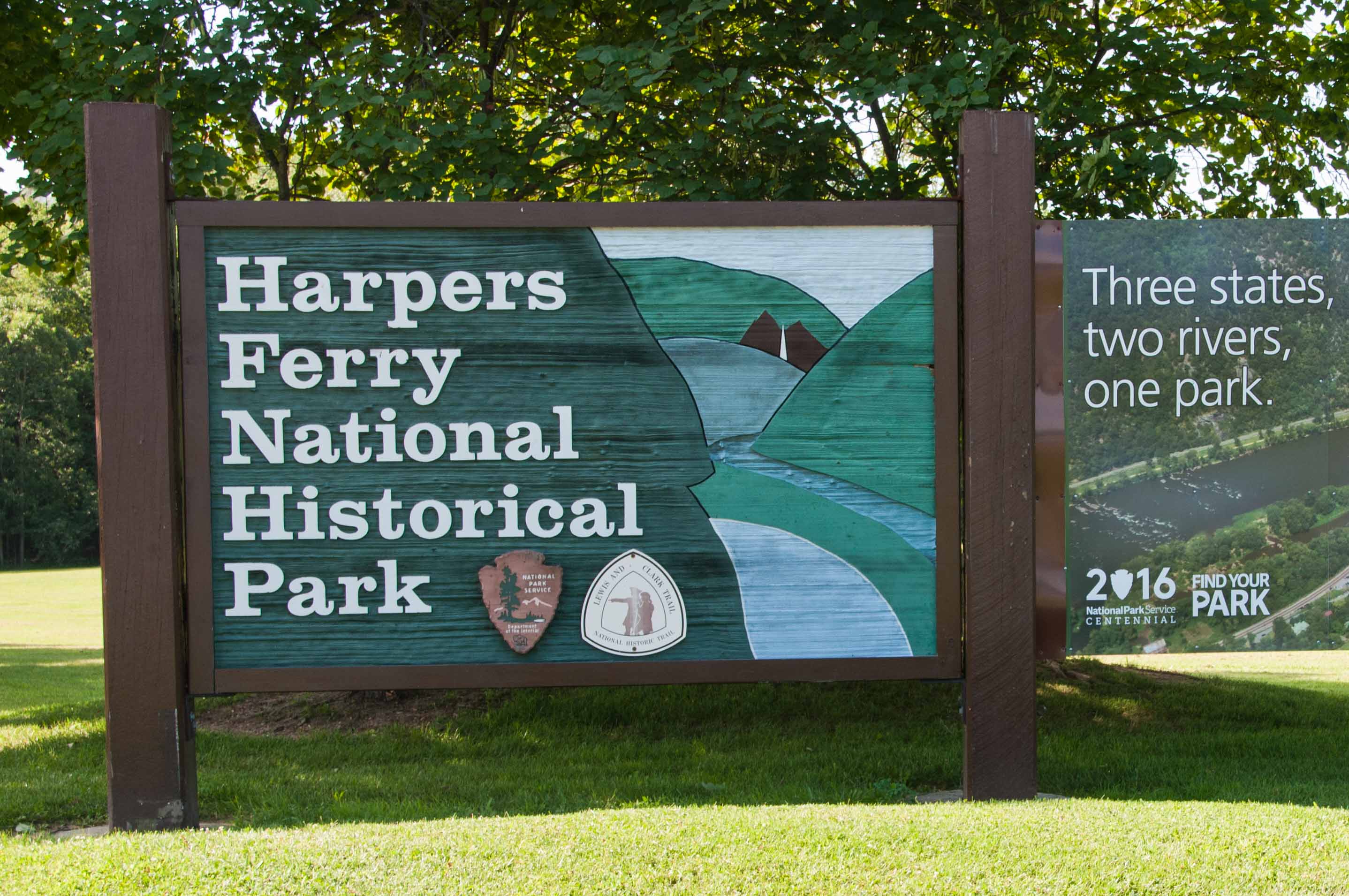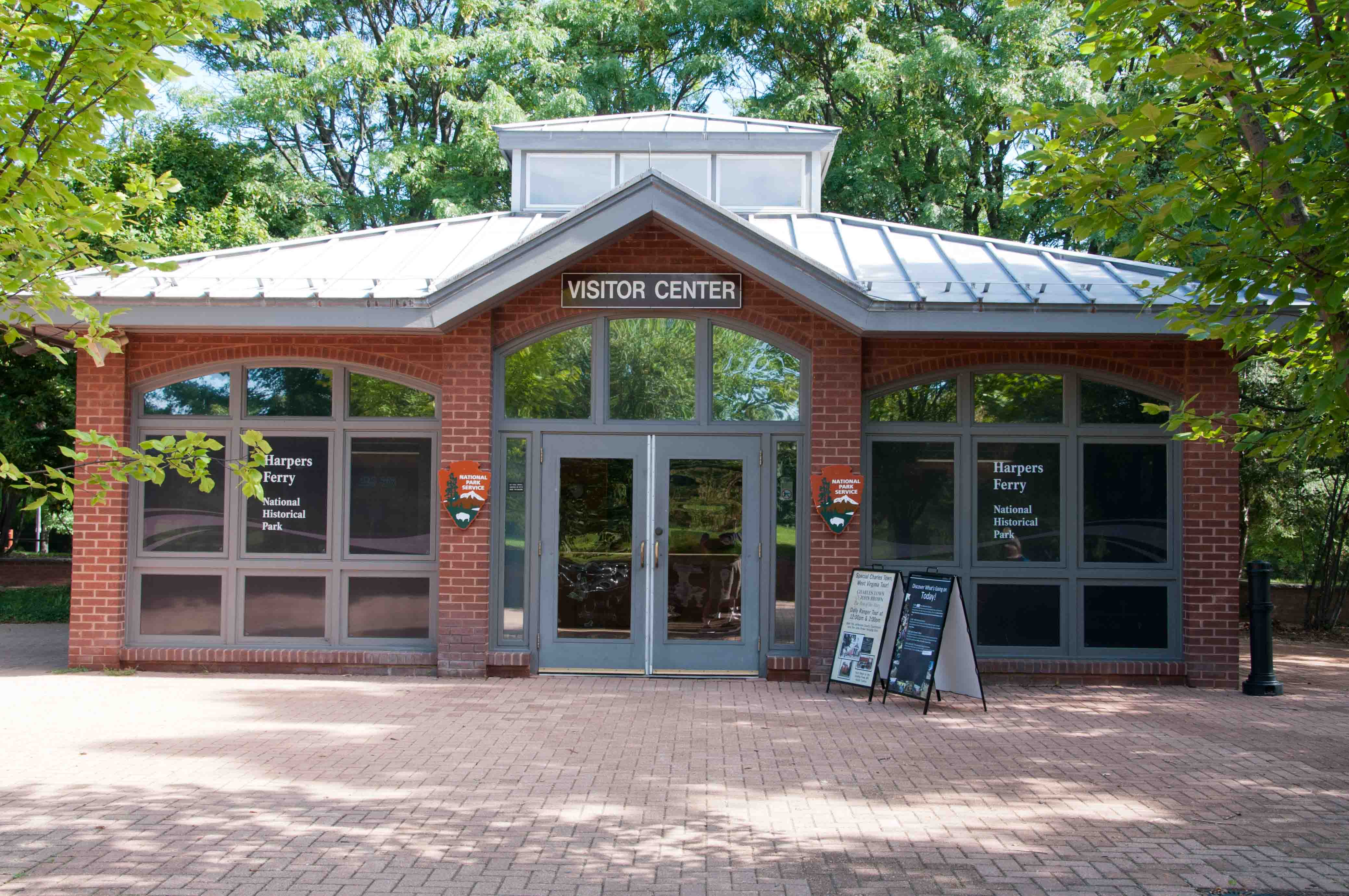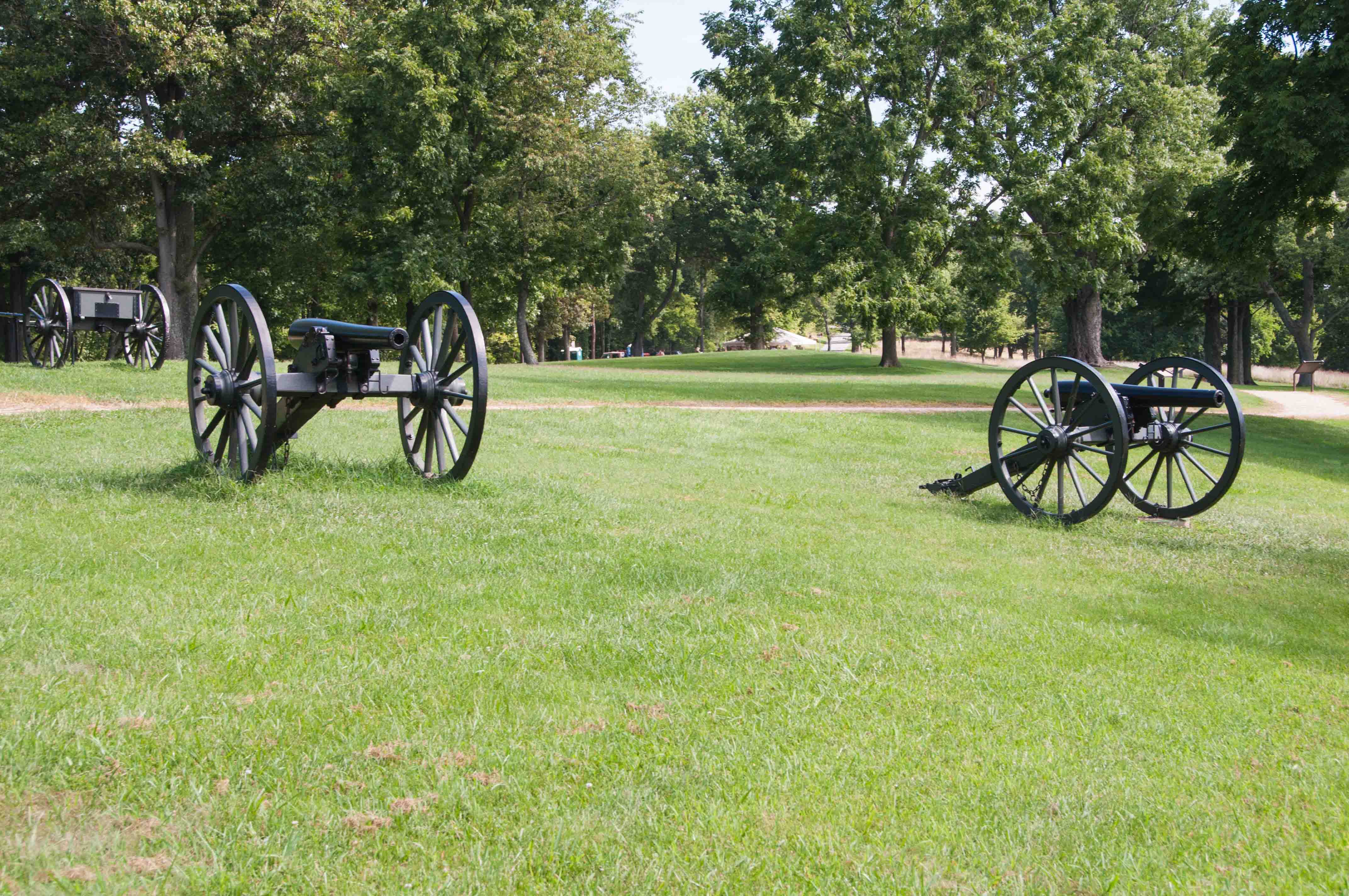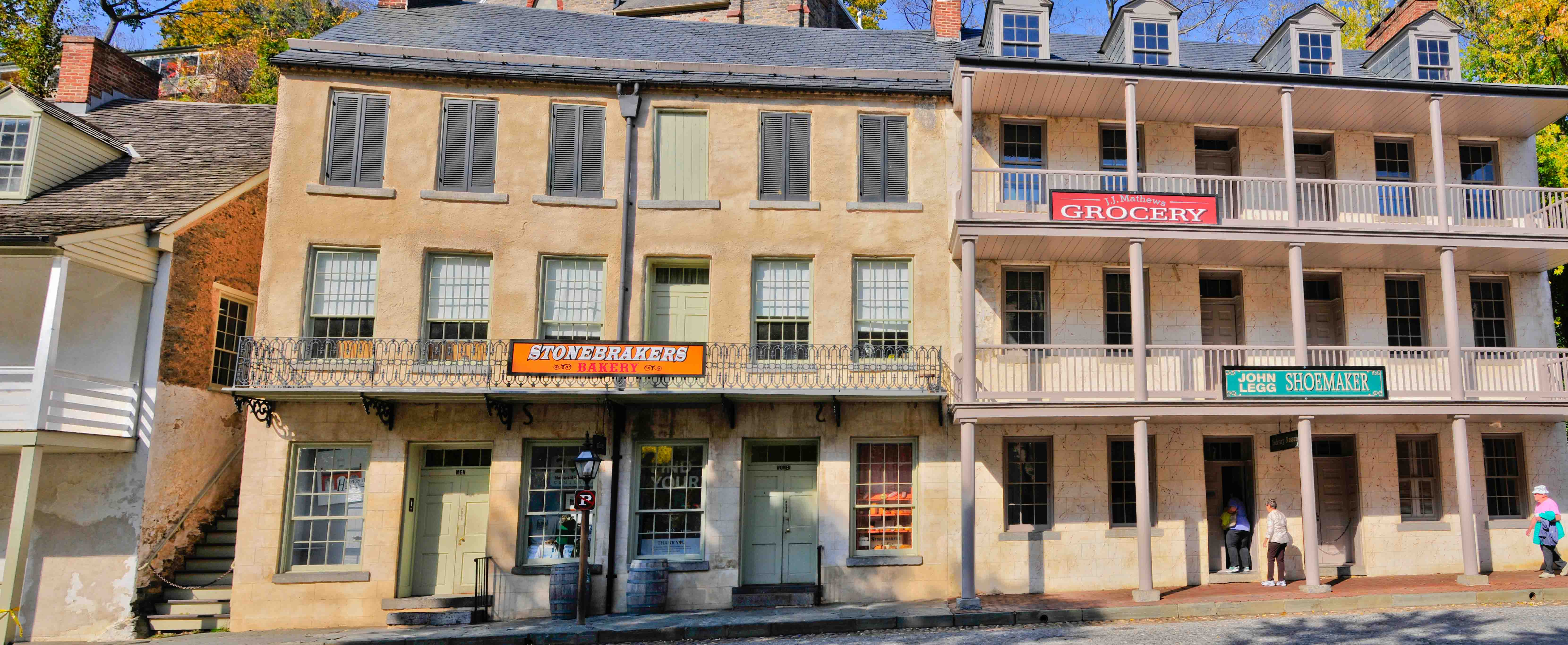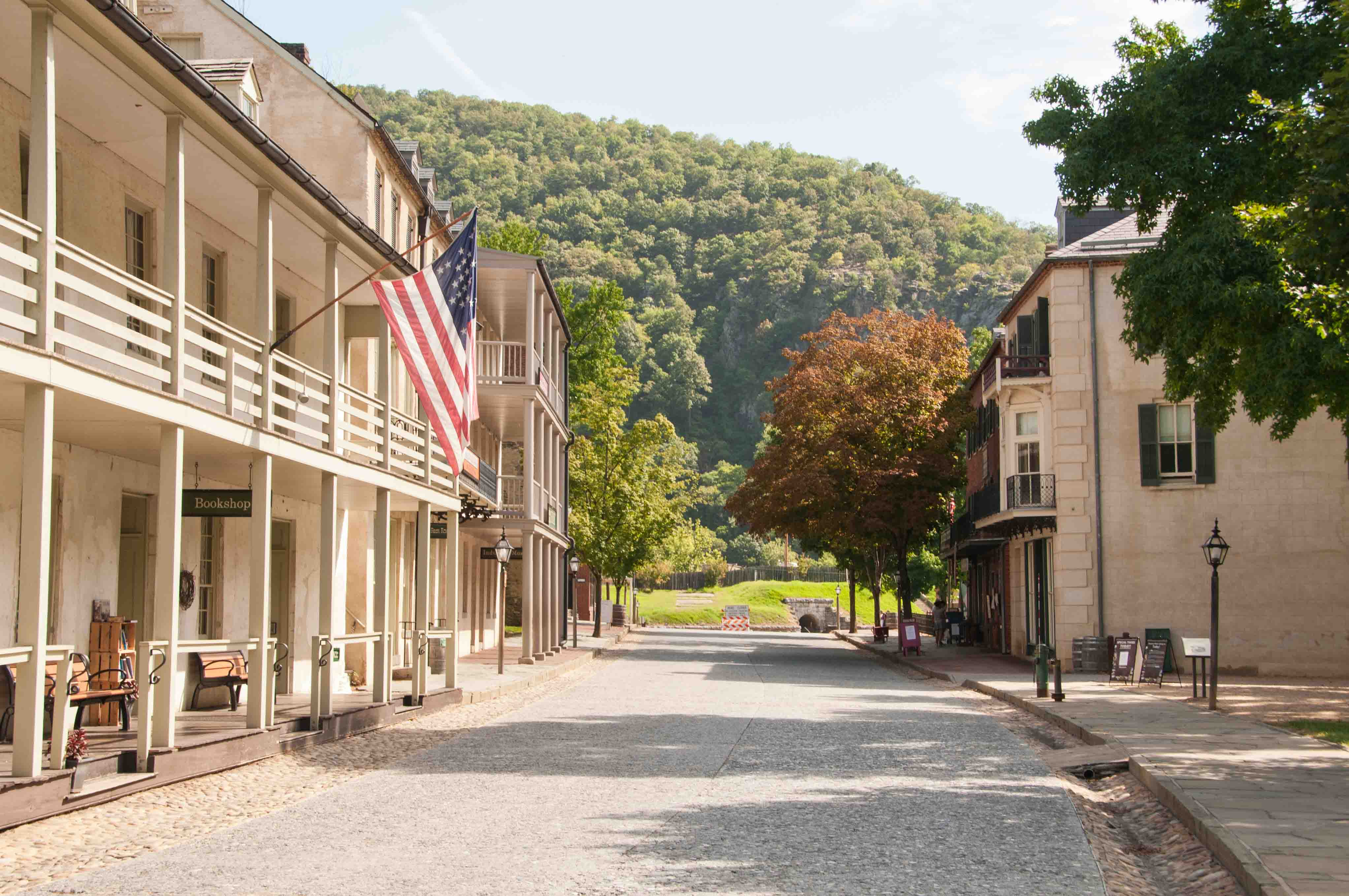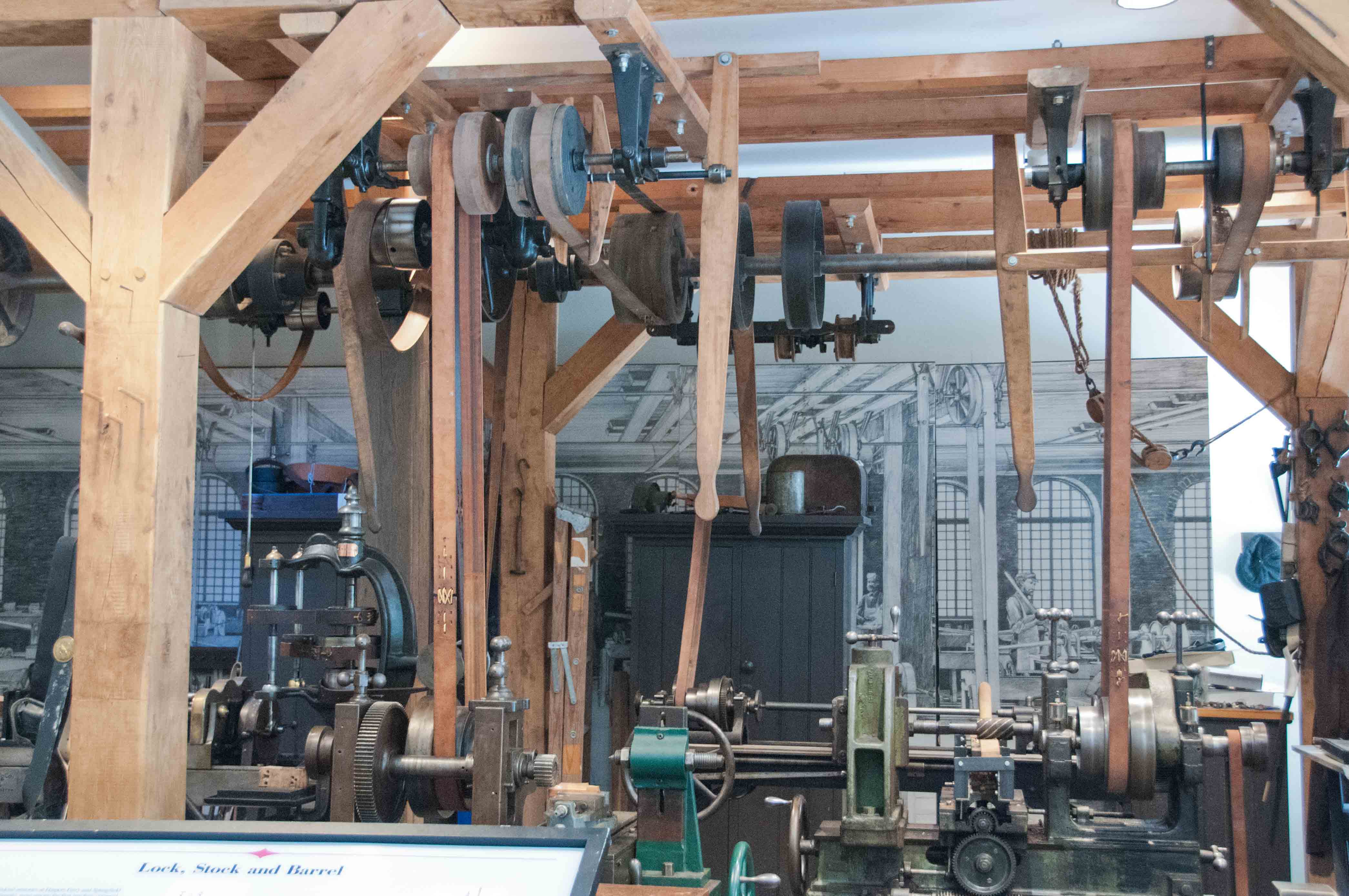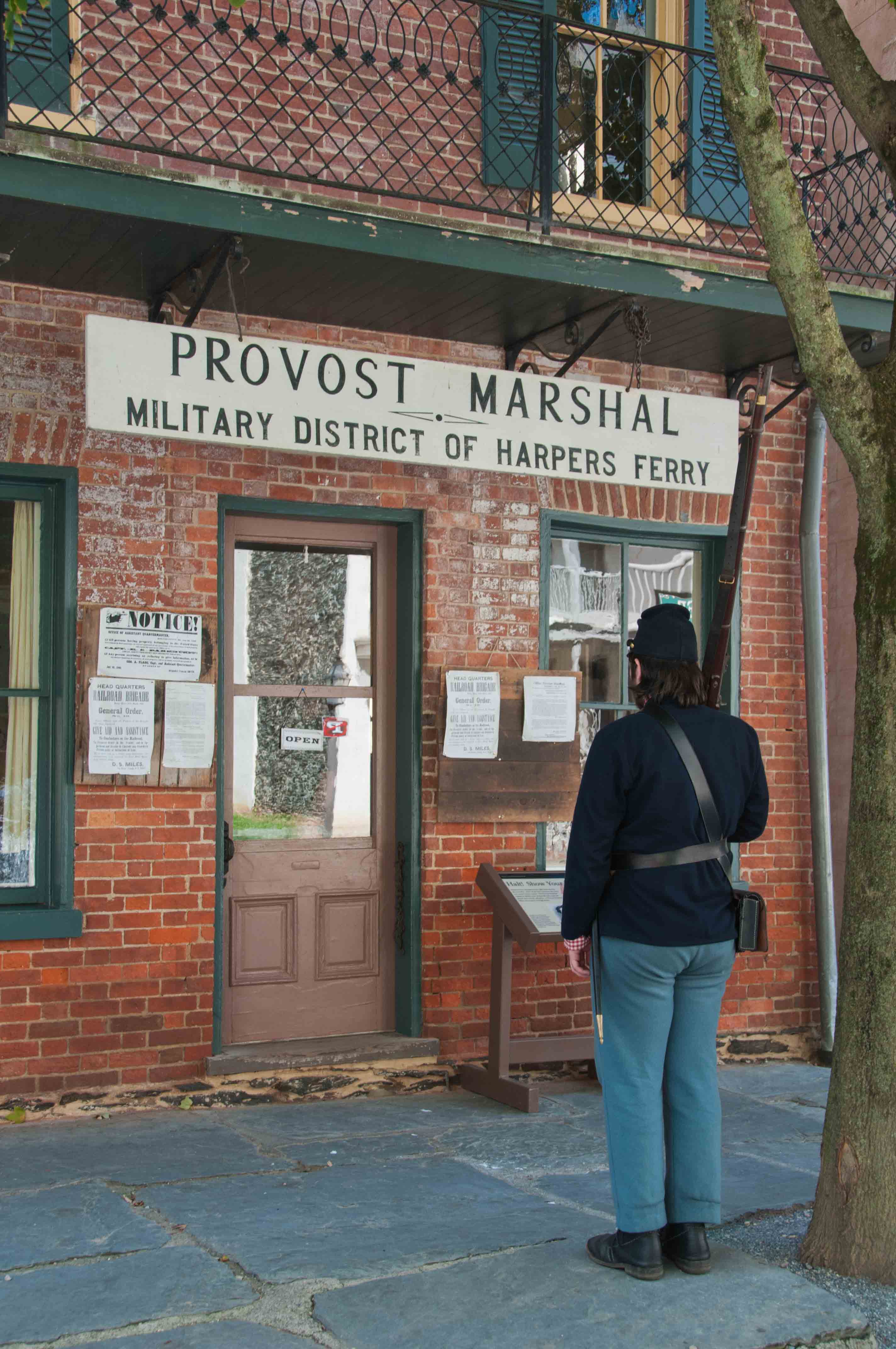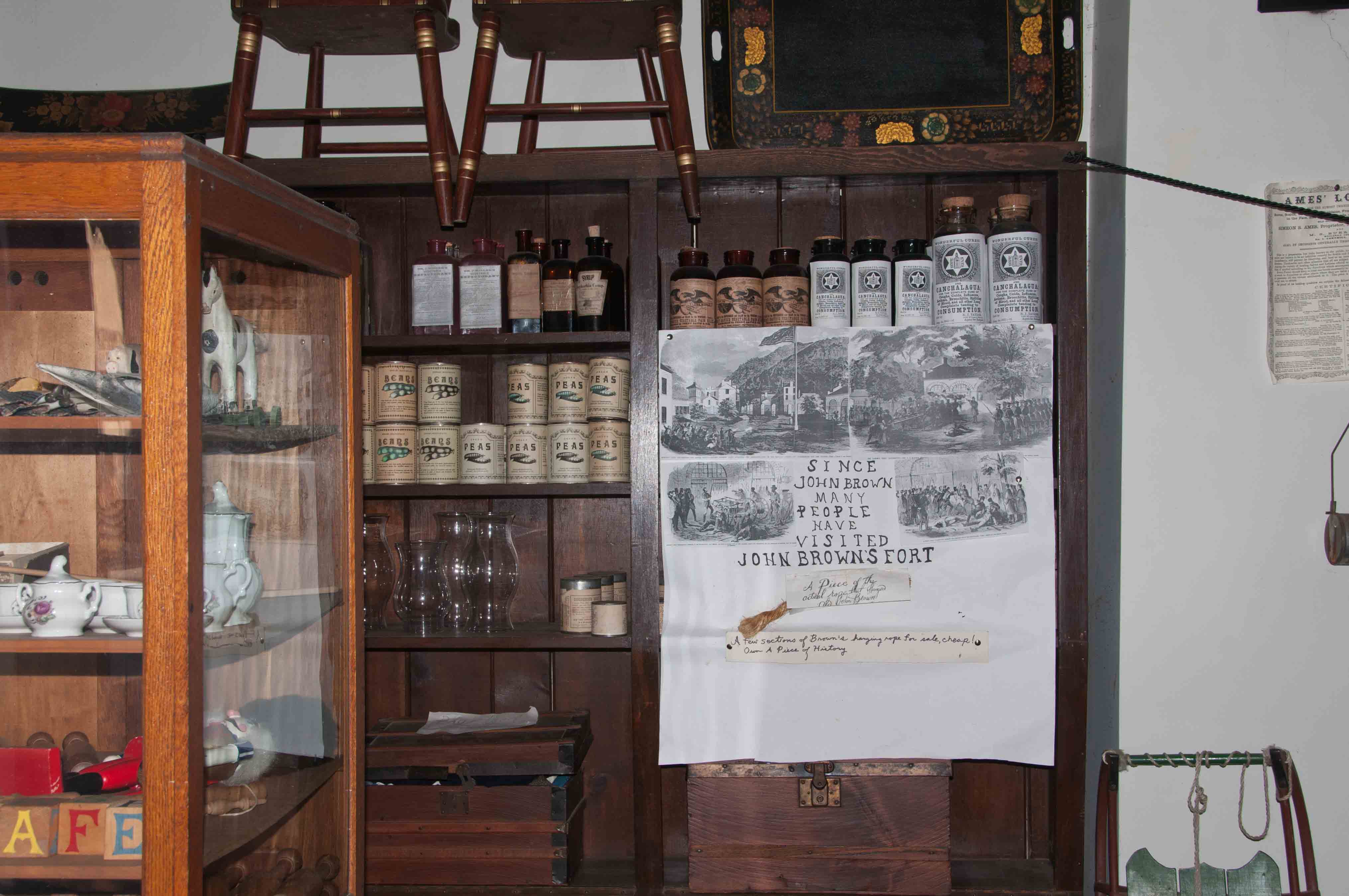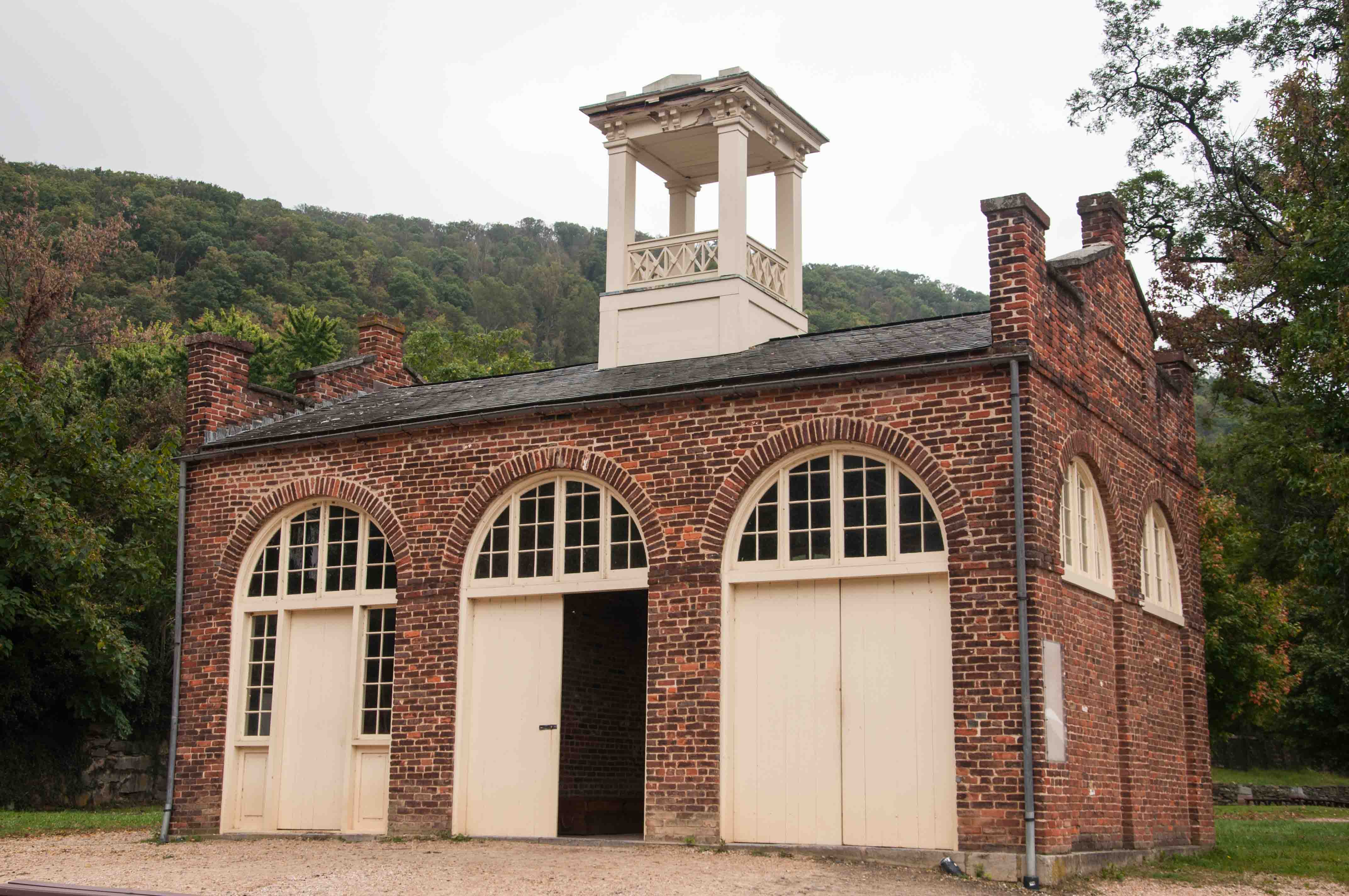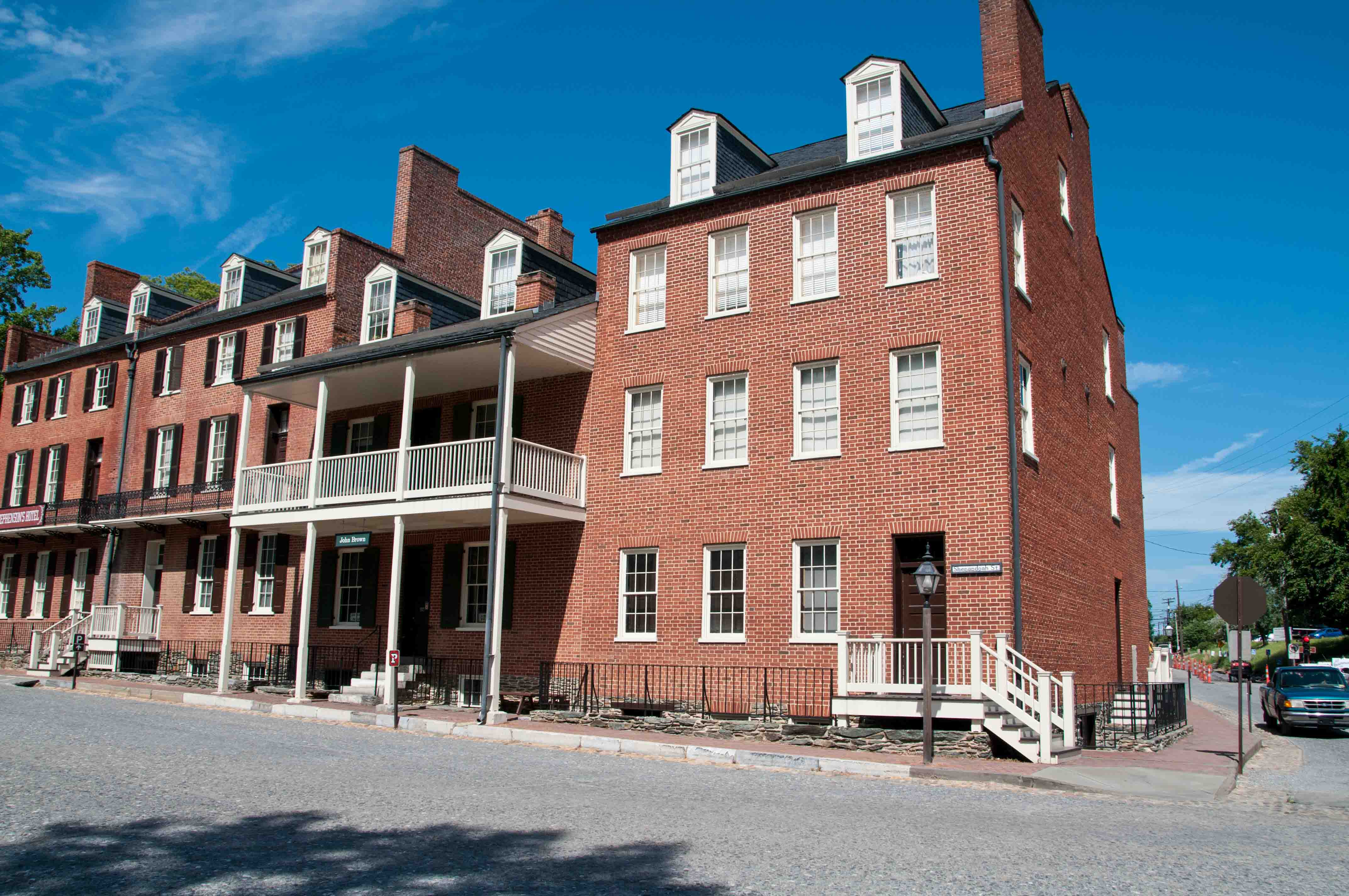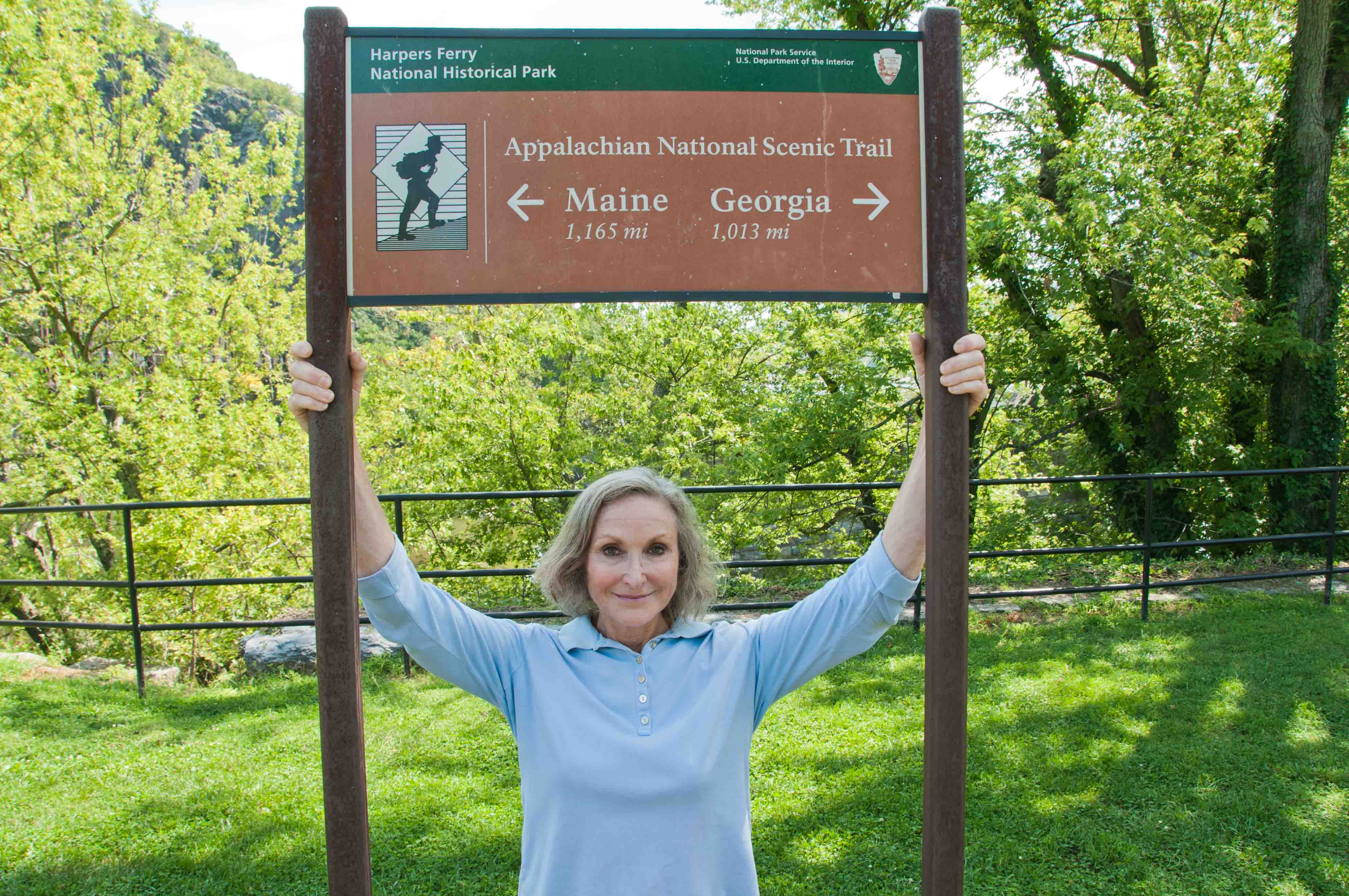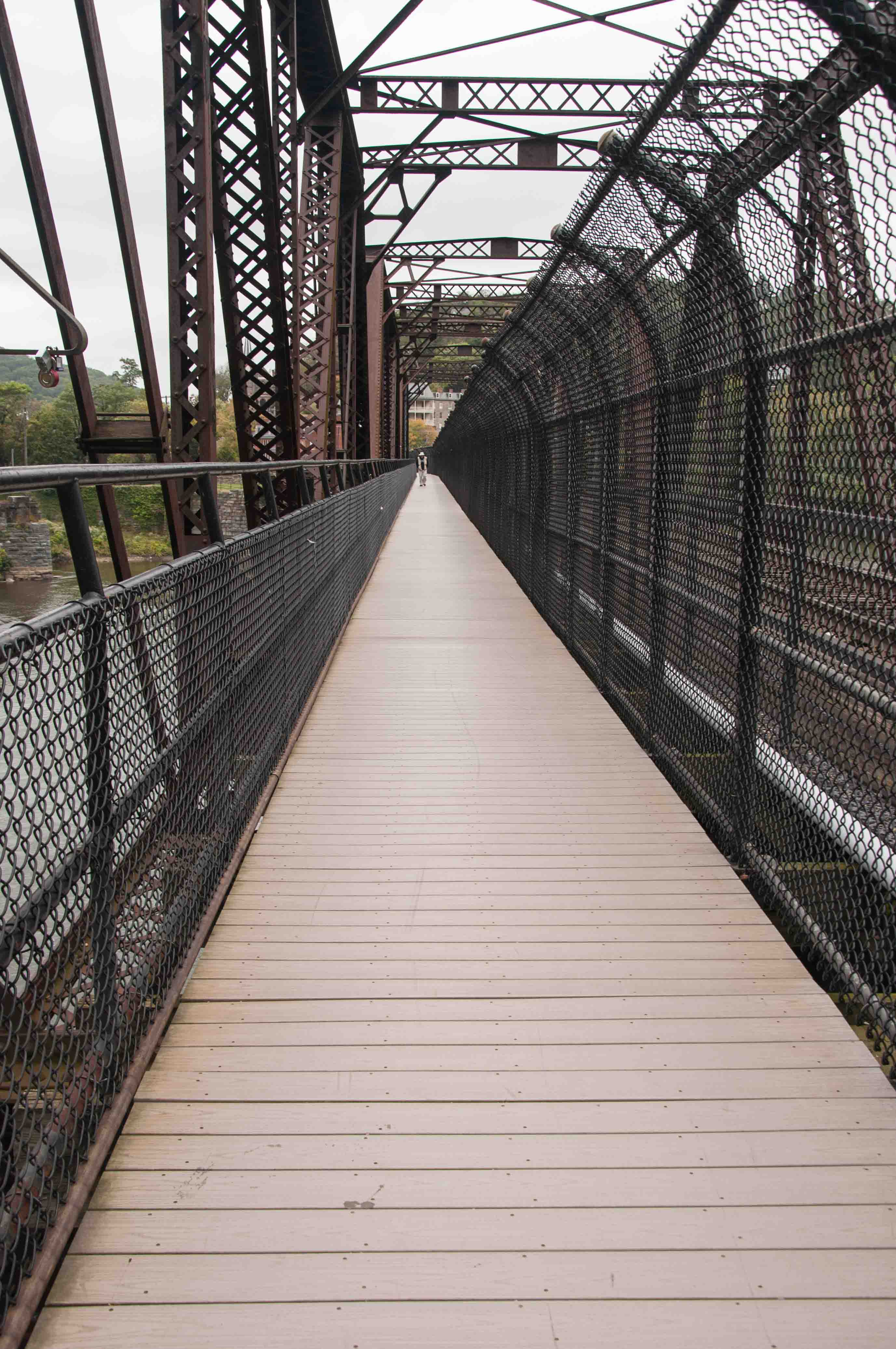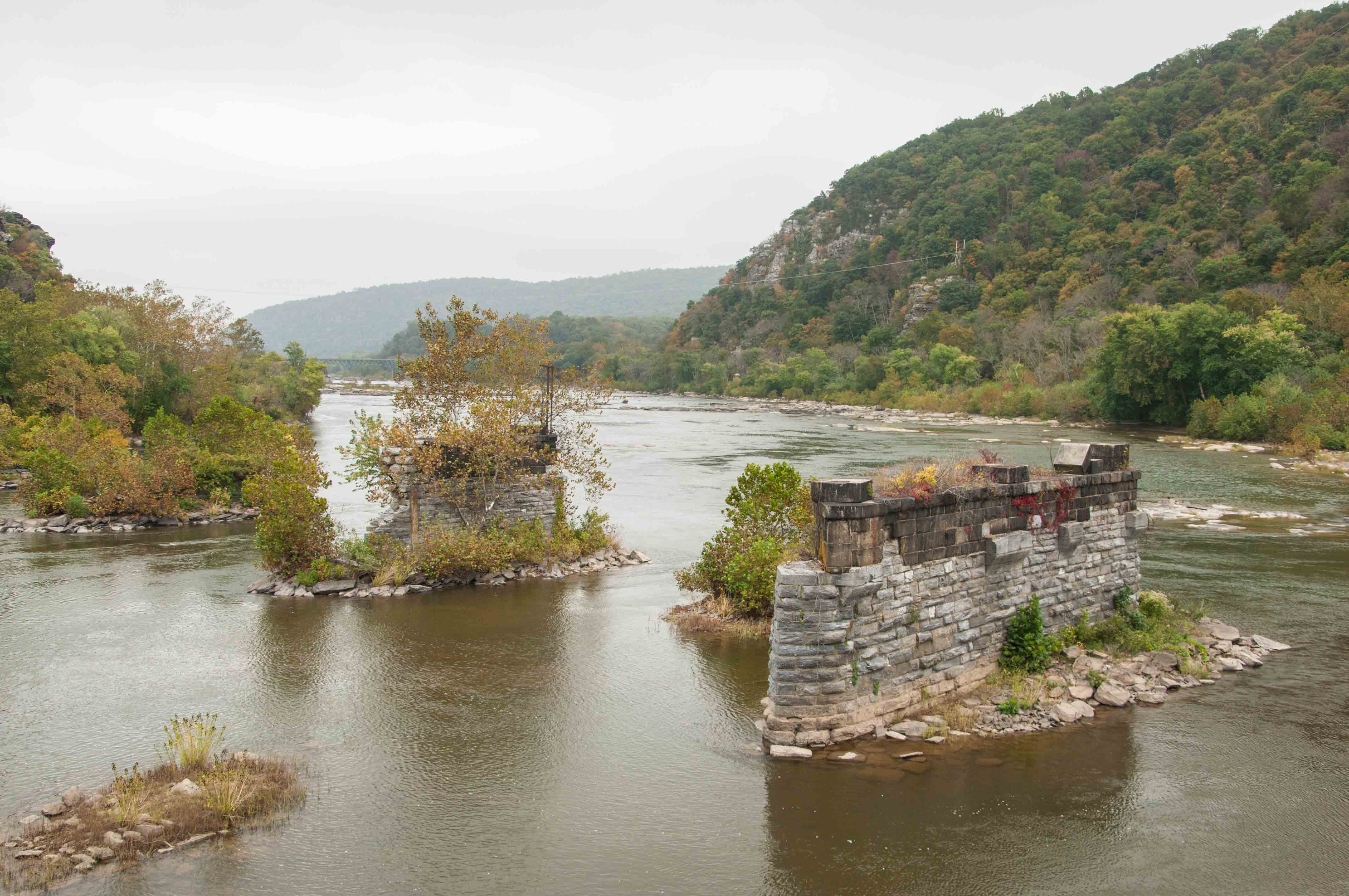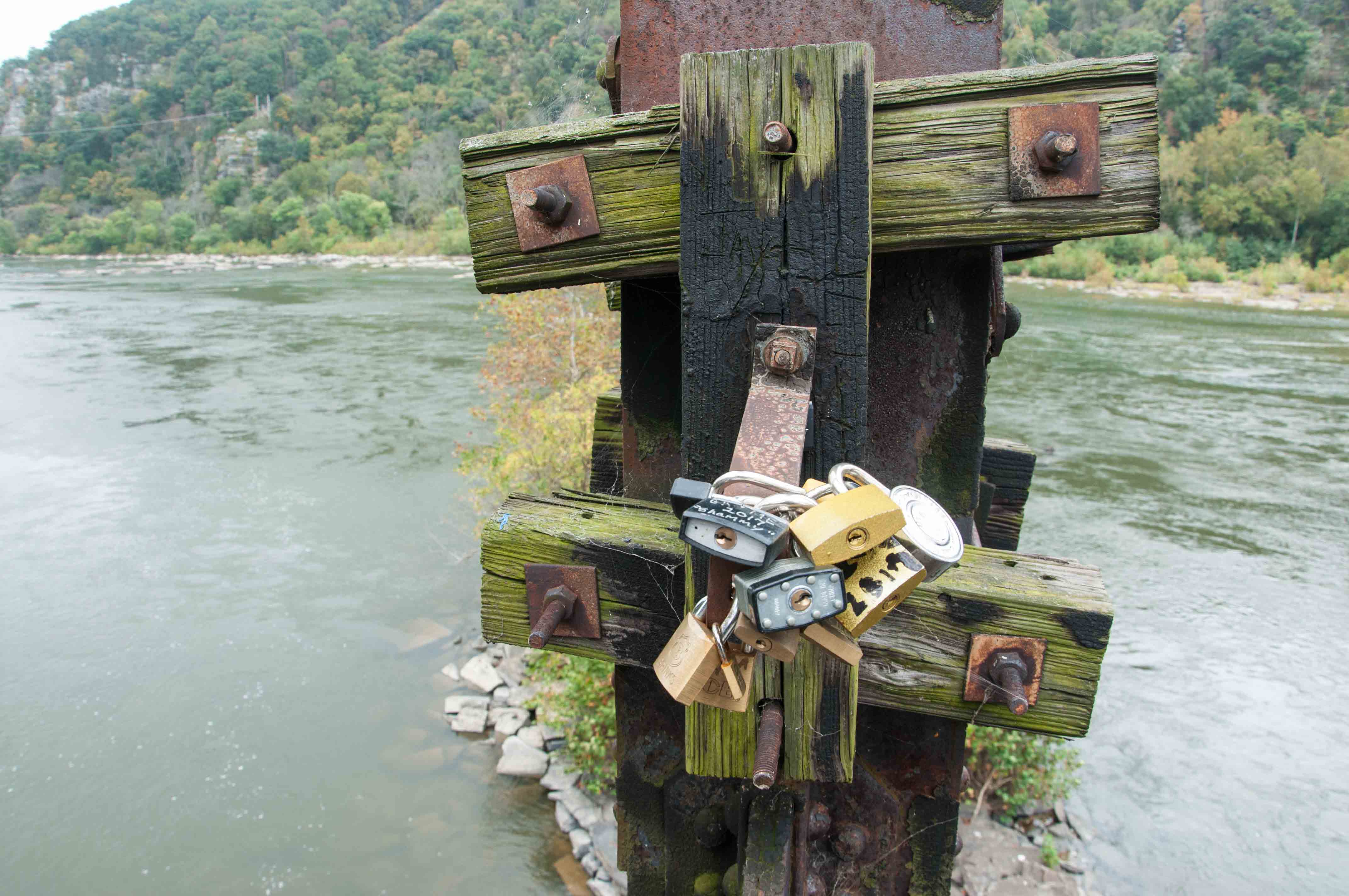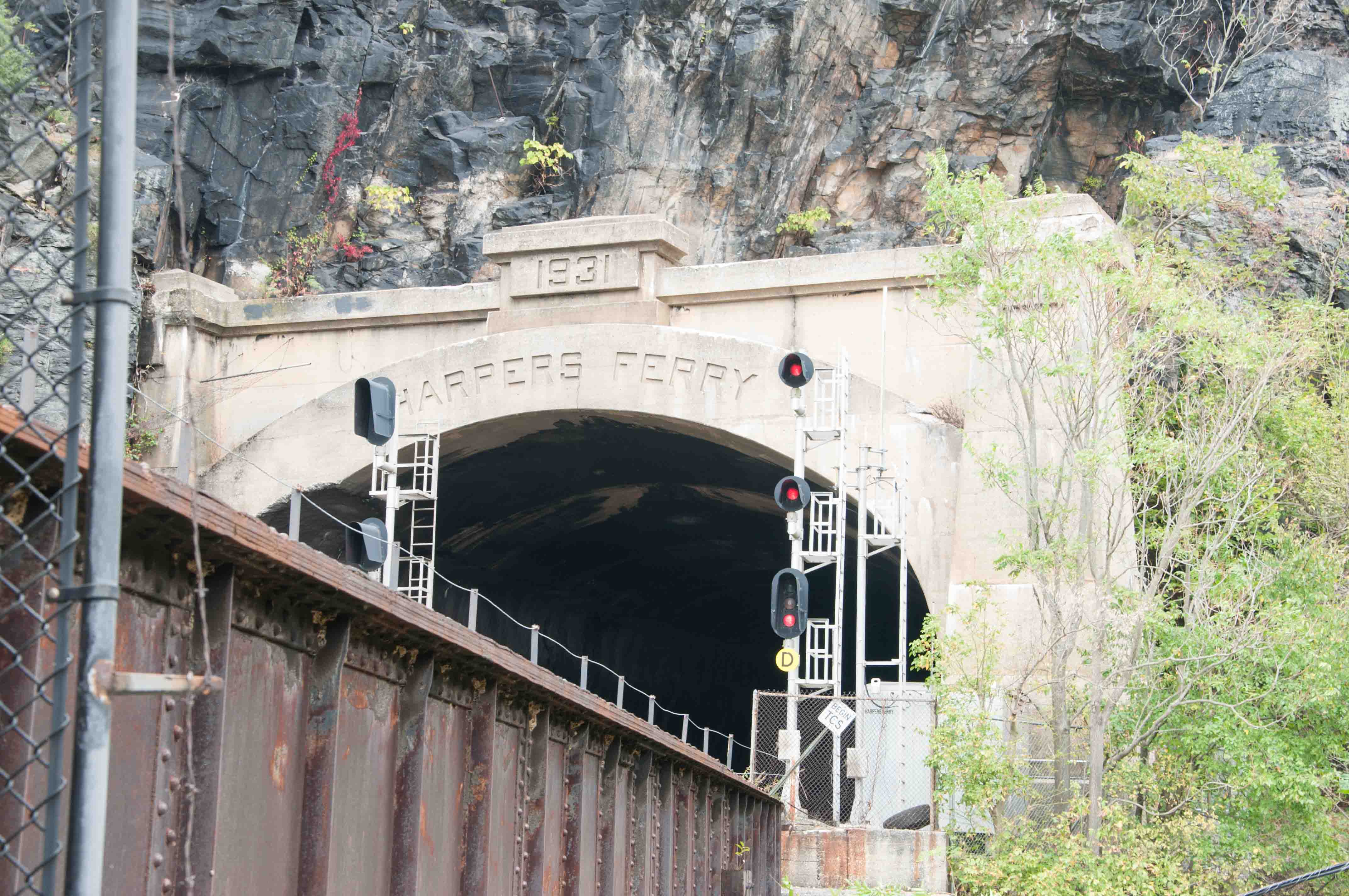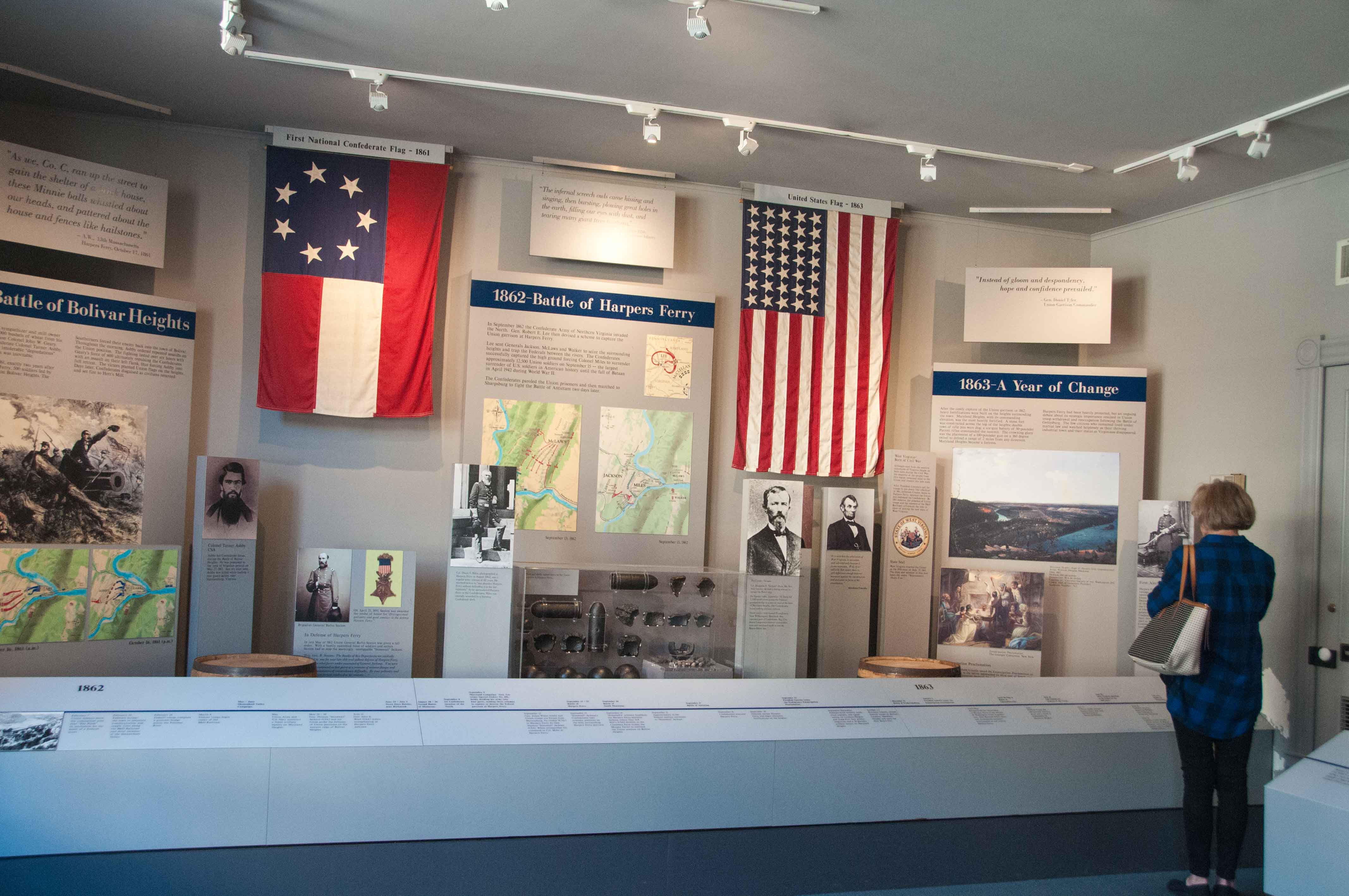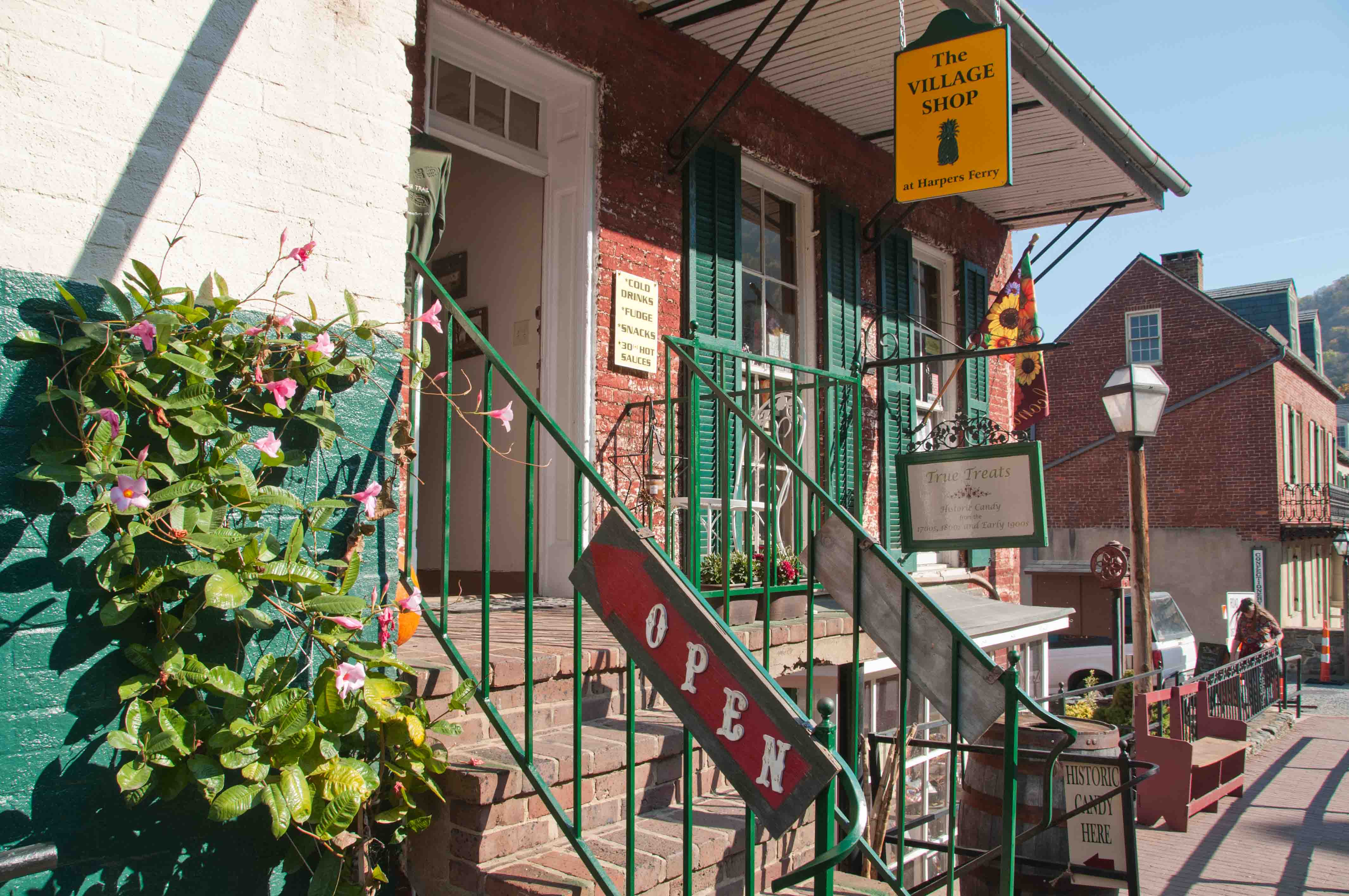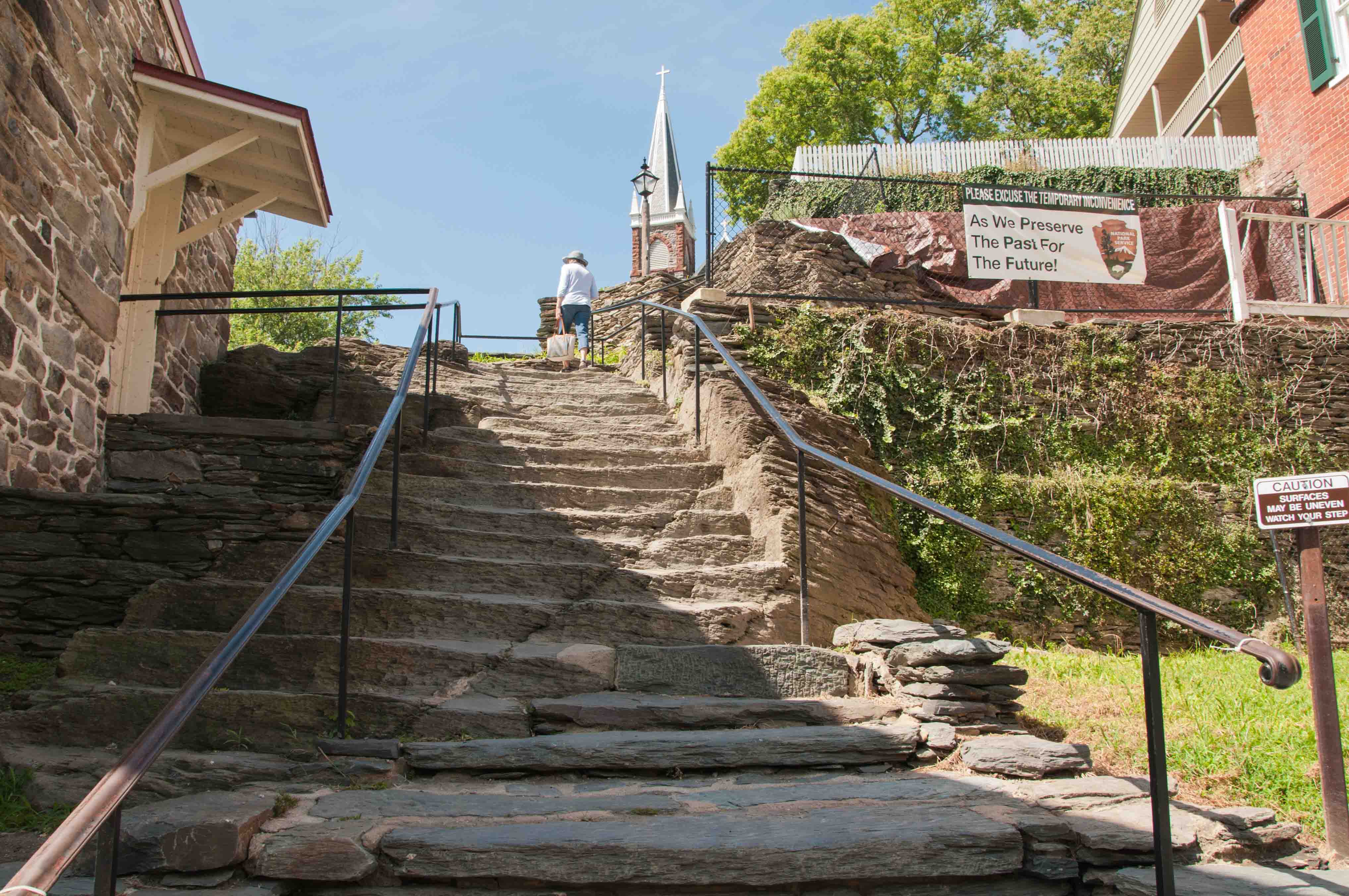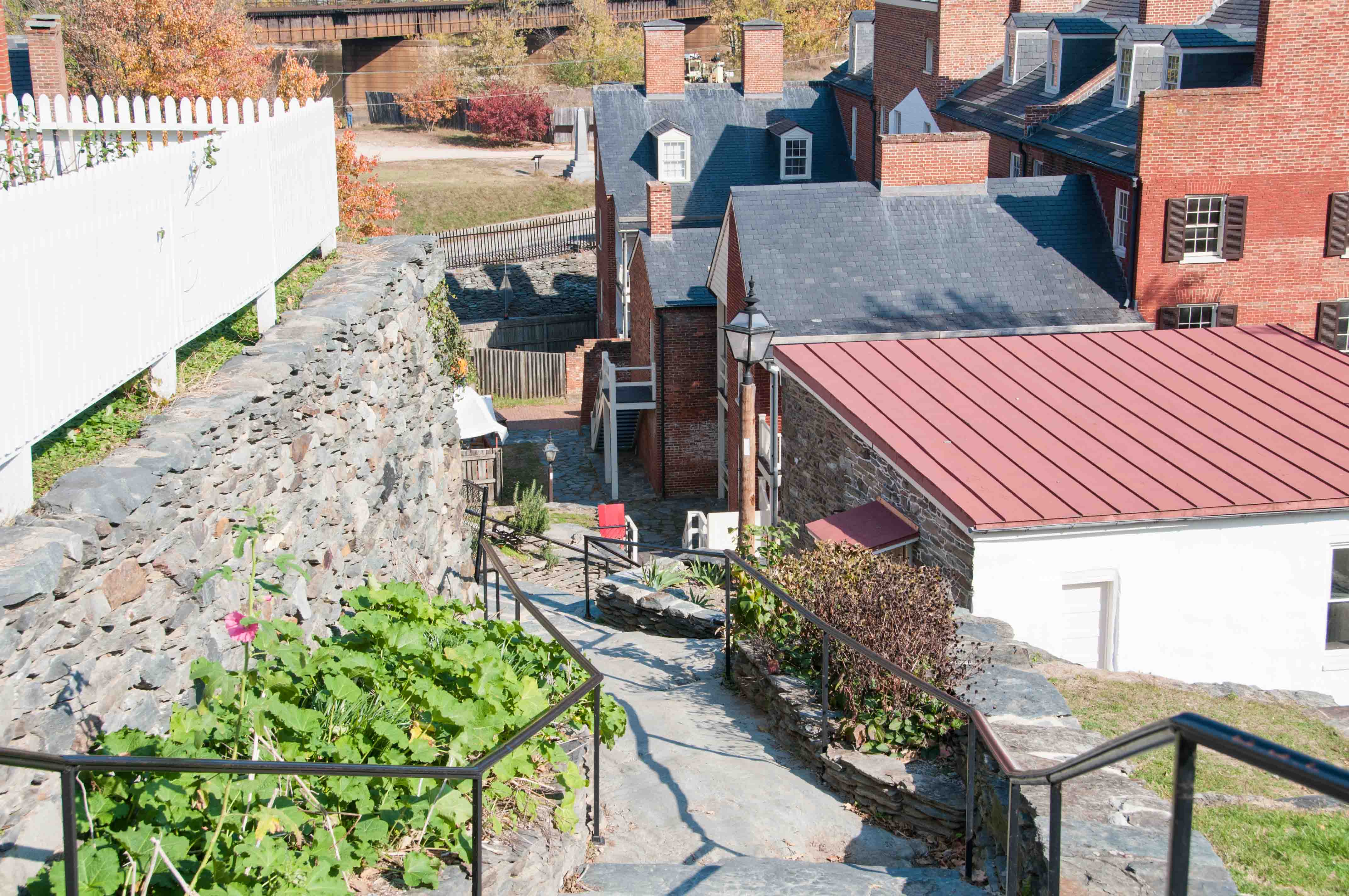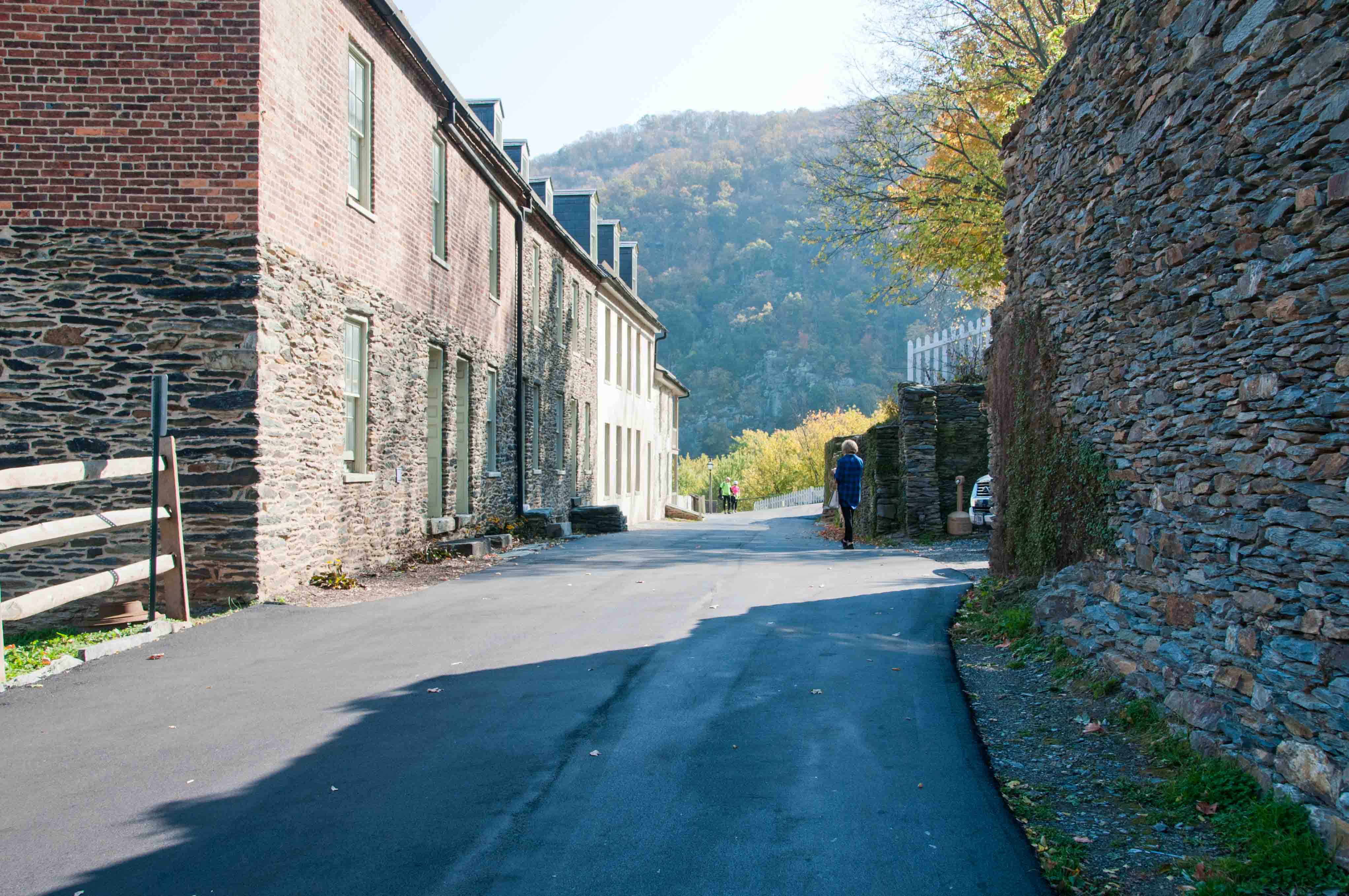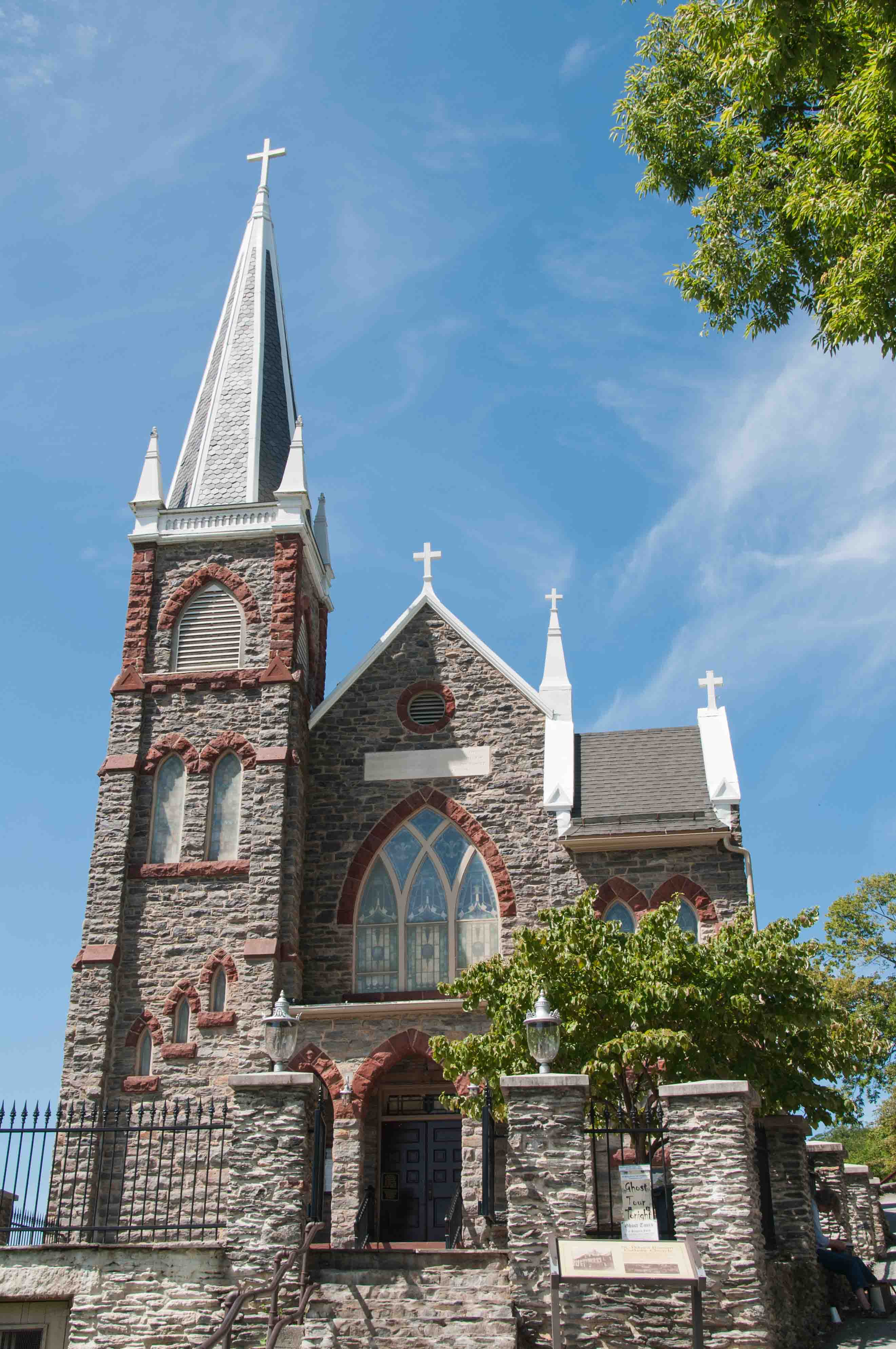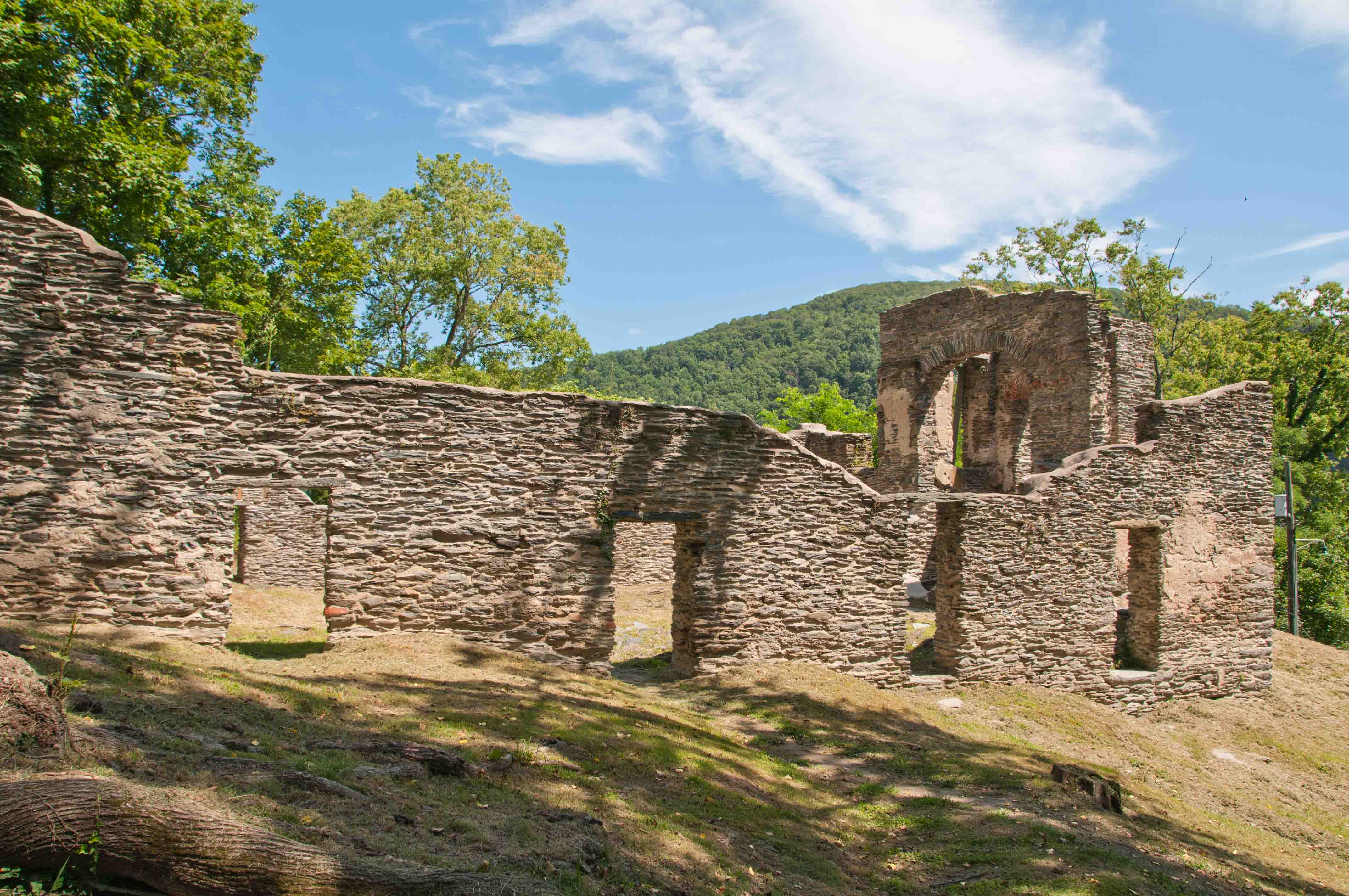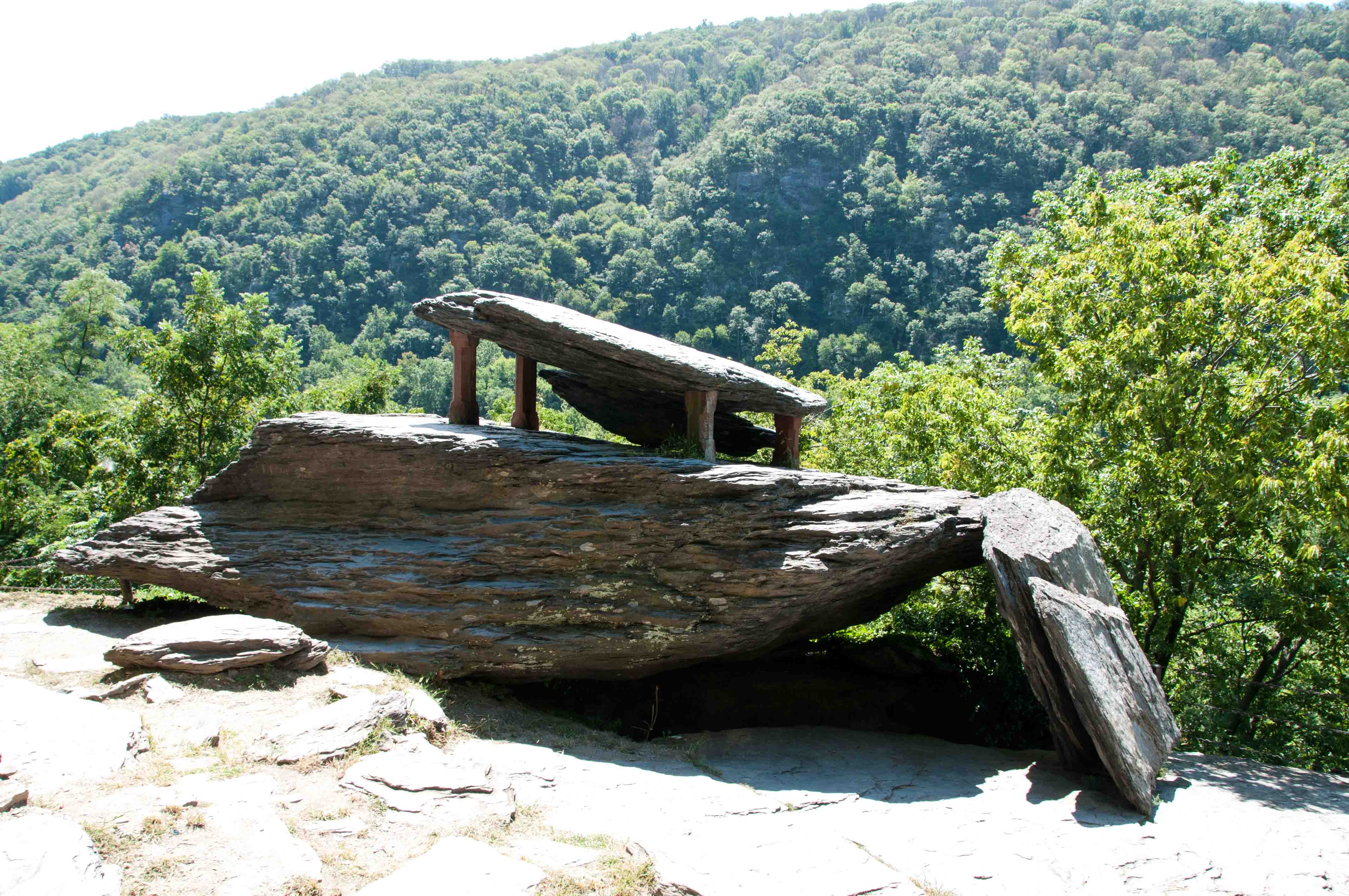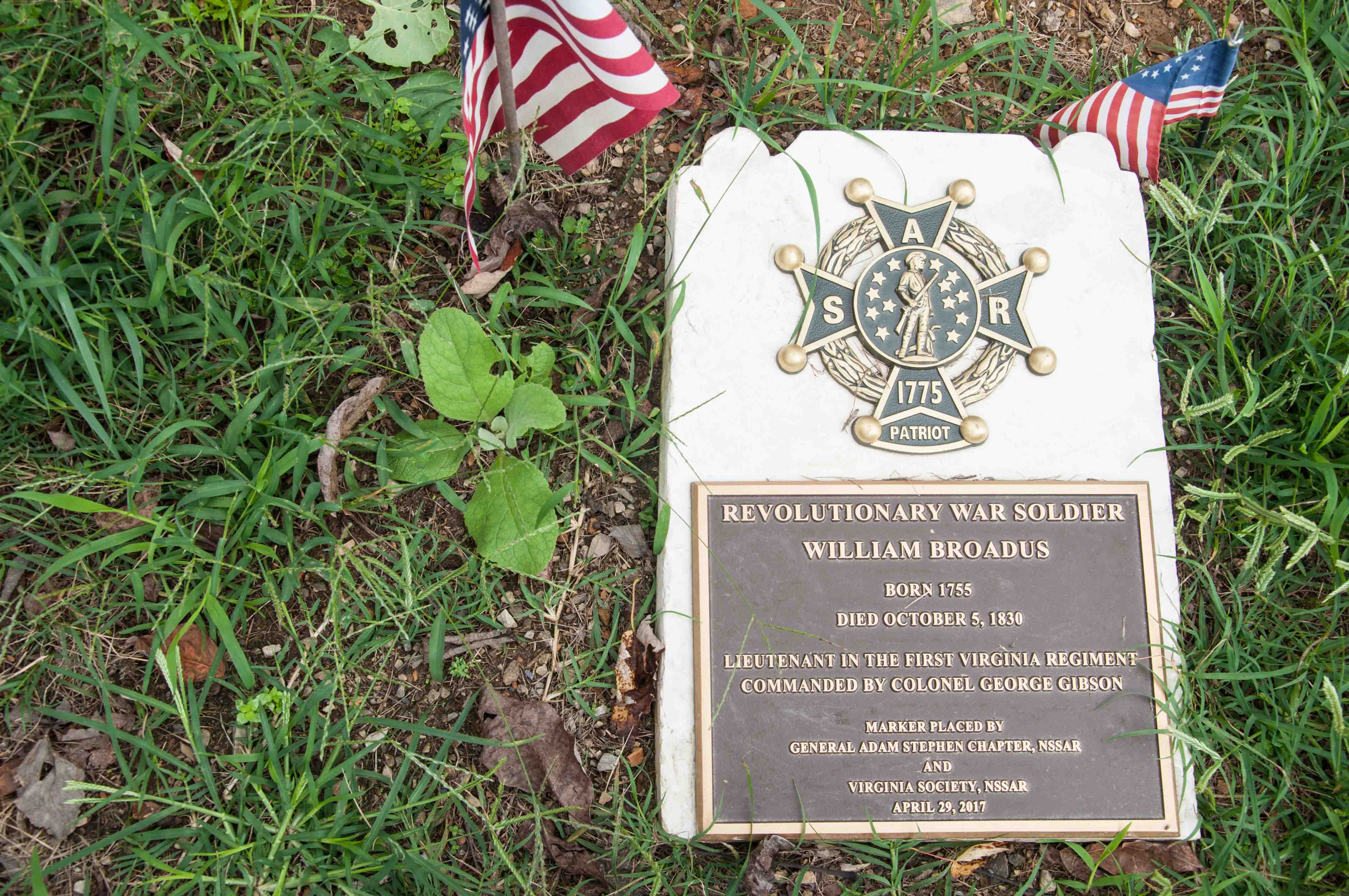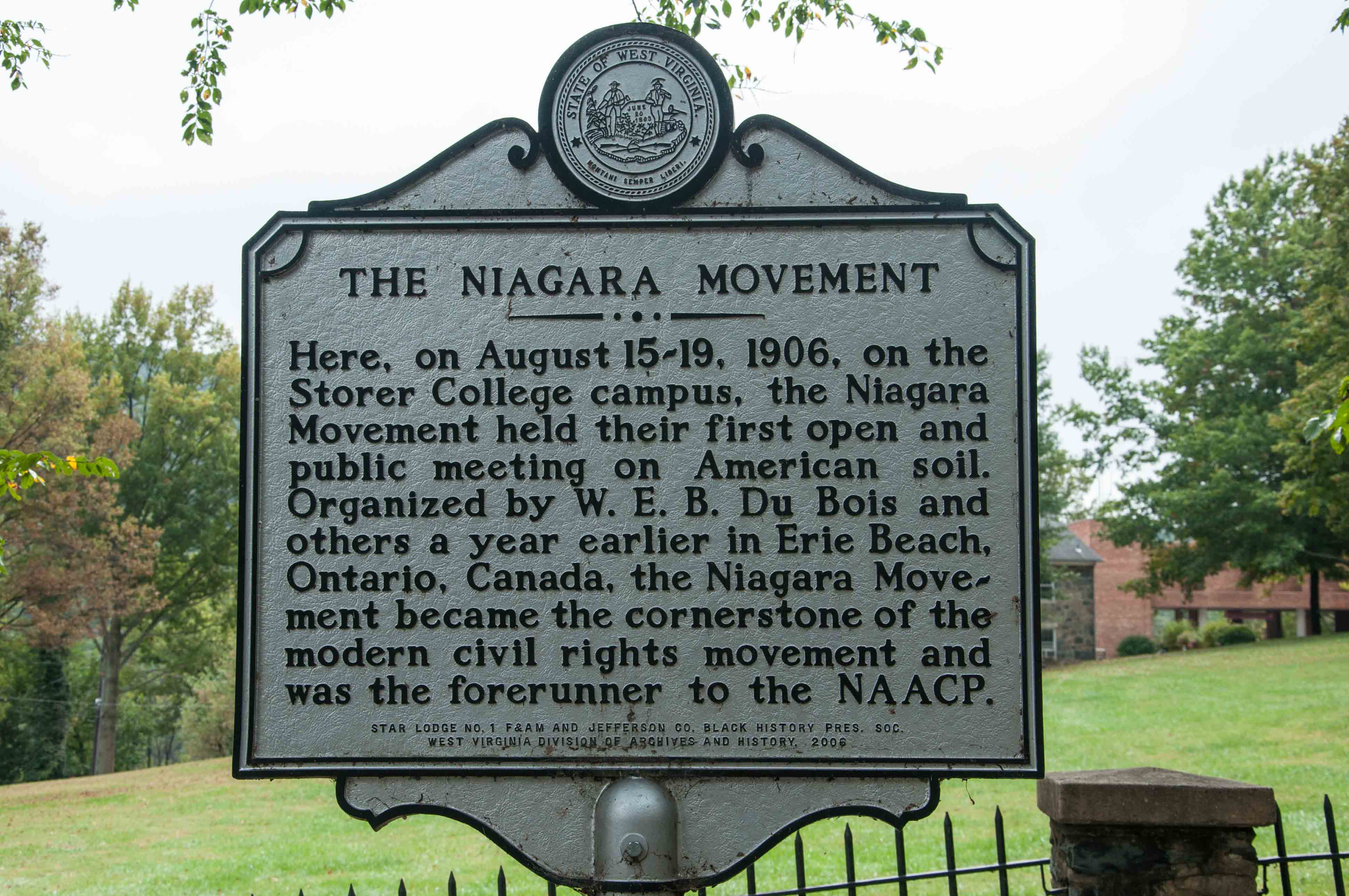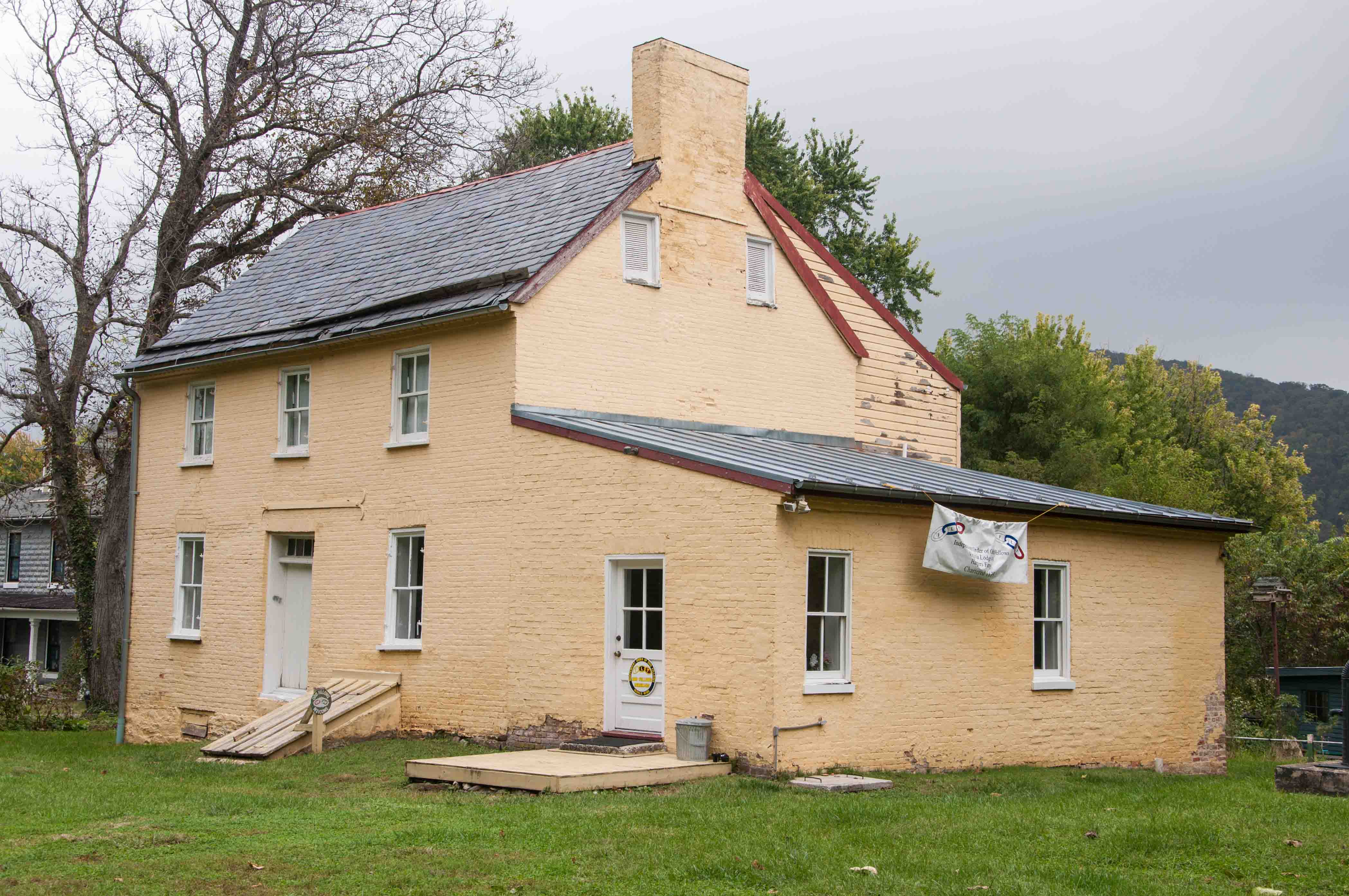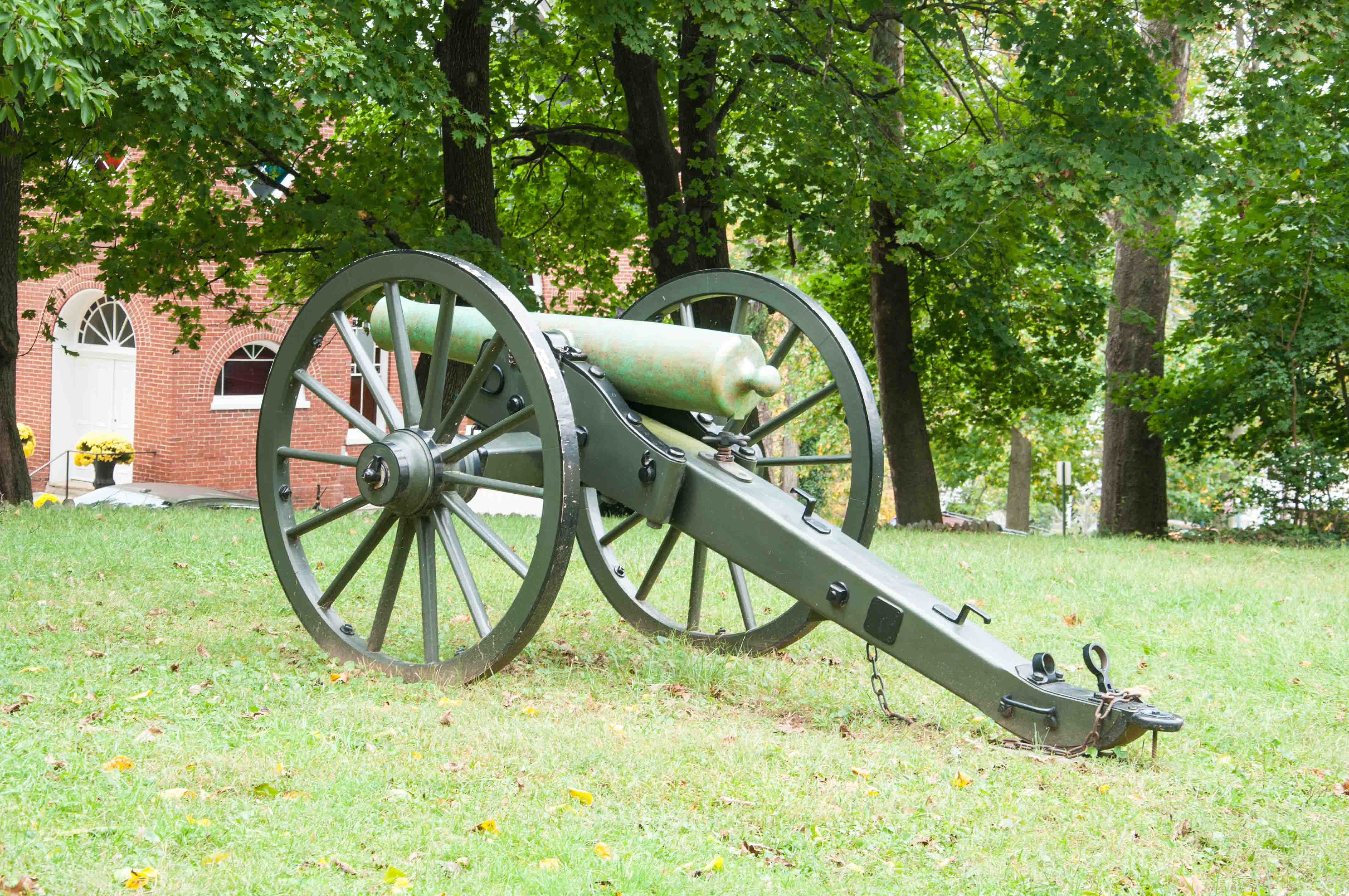Harpers Ferry
Harpers Ferry is situated at the confluence of the Potomac and Shenandoah rivers where the U.S. states of Maryland, Virginia and West Virginia meet. Historically, Harpers Ferry is best known for John Brown's raid on the Armory and its role in the American Civil War. In 1761, the Virginia General Assembly granted Robert Harper the right to establish and maintain a ferry across the Potomac River even though the ferry had already been operating for some time. Construction of the United States Armory and Arsenal at Harpers Ferry was started in 1799. The armory produced over 600,000 muskets, rifles and pistols between 1801 and 1861. On October 16, 1859, the abolitionist John Brown led a group of 21 men in a raid on the arsenal. He hoped to use weapons captured at the armory to start a slave uprising throughout the South. John Brown's men were quickly pinned down by local citizens and militia, and forced to take refuge in the engine house adjacent to the armory. Marines under the command of Army Lieutenant Colonel Roert E. Lee stormed the engine house and captured Brown and his men. Brown was subsequently tried for treason and hanged in nearby Charles Town. The civil war was disatrous for Harpers Ferry which changed hands eight times between 1861 and 1865. Much of the town was destroyed during the war. Storer College on Camp Hill was founded after the Civil War to train black teachers and operated until 1955. (The campus became part of Harpers Ferry National Historical Park). One of the first meetings of the Niagra Movement, a precursor to the NAACP was held at Storer College in 1906. In 1944 Congress authorized the establishment of Harpers Ferry National Historical Park, which included most of the town.
Shenandoah Street runs parallel to the Shenandoah River. It starts at US Highway 340 and ends at John Brown's Fort (the old armory fire engine house). Many historical buildings and museums are located on Shenandoah Street in the lower part (town) of Harpers Ferry. Several stores and the Industry Museum are located on the north side of the street, and the Hardware Store, Provost Marshal, and Dry Goods Store are on the south side. Stephensen's Hotel and the John Brown Museum are located across the street from John Brown's Fort, and a short path leads from the Fort to the Point, where the Shenandoah and Potomac Rivers join. A footbridge across the Potomac River to Maryland also begins near the Point.
A short path near John Brown's Fort leads under the railroad track to a spit of land at the confluence of the Potomac and Shenandoah Rivers known as the "Point". The Appalachian Trail passes near here and crosses the Potomac via a pedestrian footbridge. The footbridge runs parallel to a railroad tressle with the tracks passing through a tunnel on the Maryland side of the river. A trail paralleling the river passes several old C&O Canal locks and a delapidated building. The trail offers great views of the river and Harpers Ferry.
After returning across the pedestrian footbridge, the tour continues up Potomac Street to the Harpers Ferry Train Station. Check out a few of the businesses along the way. Return back down Potomac St., turn onto Shenandoah St and then onto High Street. The Harpers Ferry Civil War Museum is on the left. Continue up High Street to check out the many shops, then return and climb the stone staircase that is part of the Appalachian Trail. Harper House and St. Peters Catholic Church are located at the top of the stone steps. Harper House is the oldest surviving structure in Harpers Ferry. St. Peters church was built in 1833, survived the Civil War, and was extensively altered in 1896 to the structure seen today. St. Peters is on the U.S. National Register of Historic Places. Continue up the Appalachian Trail past the ruins of St. Johns Episcopal Church to Jefferson Rock. The rock is named after Thomas Jefferson, who stood at this spot on Oct 25, 1783 and called the view "perhaps one of the most stupendous scenes in Nature".
The Camp Hill section is a rounded hill that overlooks the Lower Town. Camp Hill's oldest feature is Harper Cemetery. The federal government purchased the land in 1796 from the heirs of Robert Harper as part of a 125 acre parcel. Camp Hill earned its name as an army encampment, where soldiers helped with the construction of the armory canal and river dam. The army erected several buildings to house officers and armory officials, many of which are still standing today. Following the Civil War, the government sold the property to the trustees of Storer College, a school for former slaves. The college closed in 1955 and was purchased by the federal goverment in 1962 and incorporated into Harpers Ferry National Historical Park.
This concludes the tour of Harpers Ferry, a truly fascinating place and well worth a visit.
TD Productions Copyright © 2018 Use the form on the Home Page to submit comments, questions, or suggestions.

